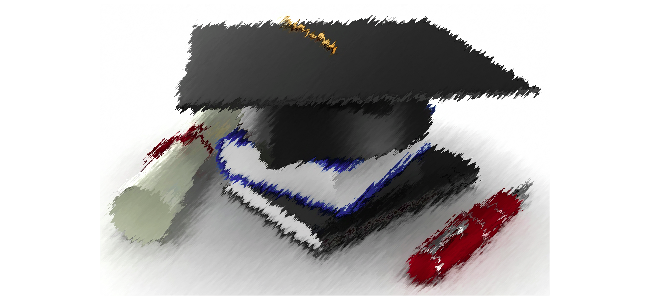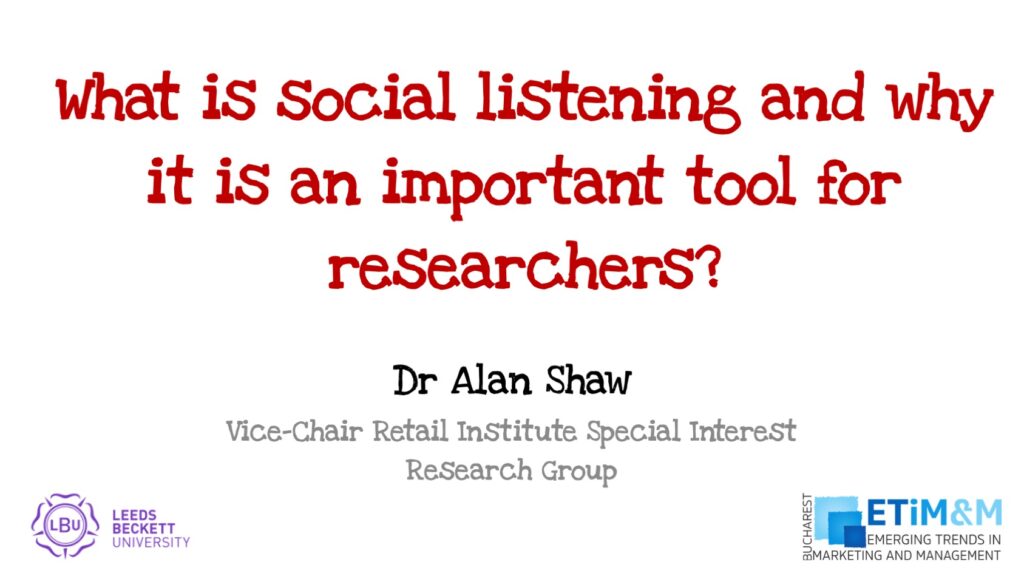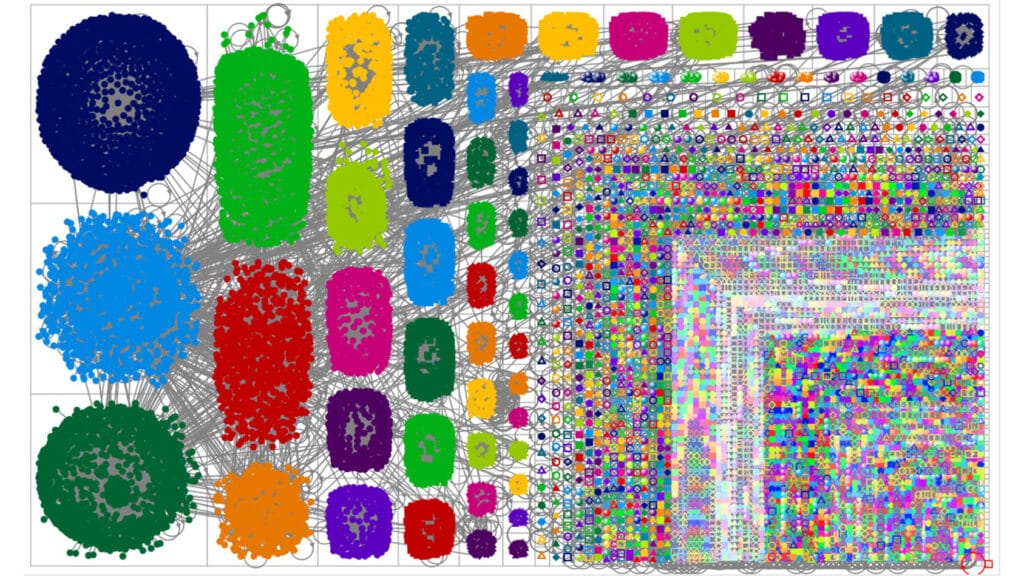A number of my colleagues have embarked on a variety of MBA and Masters programme but have struggled with the concept of referencing and critical reflection. I have also noted that many undergraduates are still failing to properly apply the correct principles to this concept. This article, together with a short video will provide you with a basic introduction to referencing and critical reflection.
Referencing.
When it comes to academic writing most of you forget the importance of referencing. Referencing is an acknowledgement of whenever you quote from, use or are influenced by the work of someone else (Dwyer, 1995). Say for instance you are doing an assignment about advertising. You can remember the following fact from a lecture:
The Rossiter-Percy grid is a tool used by advertisers to help them develop an advertising strategy.
Most of you will think that stating this fact in the assignment will be good enough and leave it as that. The reality is, you have identified a fact that needs acknowledging. There are two ways to do this, you can either highlight the author(s) within the core text or embedded them within a set of brackets at the end:
Rossiter and Percy (1987) designed a tool to help advertisers develop advertising strategy.
Or
The Rossiter-Percy grid is a tool used by advertisers to help them develop an advertising strategy (Rossiter and Percy,1987).
Lets say you now want to add a piece of information that you have copied directly from an article :
Within the grid, “products and services are classified according to whether the purchase decision occurs under high or low involvement and involves cognitive (thinking) versus affective (feeling) information processing”.
Everything with the quotes is a direct copy. You must again acknowledge the authors but include the page number where you obtained the source:
This could be:
Claeys, Swinnen & Abeele (1995, p194) explain that, within the grid, “products and services are classified according to whether the purchase decision occurs under high or low involvement and involves cognitive (thinking) versus affective (feeling) information processing”.
Or
Within the grid, “products and services are classified according to whether the purchase decision occurs under high or low involvement and involves cognitive (thinking) versus affective (feeling) information processing”. (Claeys, Swinnen & Abeele, 1995, p194)
Depending on the referencing format this out maybe slightly different, i.e., the text may be in italics or indented or there is no ‘p’ before the page number etc. You will need to check your style guidelines. It is worth pointing out that direct quotes are not recommended, you should always try and paraphrase the text.
Critical Reflection.
There are many ways to apply the concept of critical reflection. I am going use the format recommended by Ryan (2011, p105):
“Introduce the issue and recount a critical incident; use relevant theory to explain why it is significant; preview key themes of this reflective piece.
Relate – to self and professional practice; to other similar incidents or experiences.
Reason – use relevant theory to explain how and why the incident occurred; appraise what happened; and introduce multiple perspectives.
Reconstruct – hypothesize about different possible responses/actions; reframe future practice and show new understandings”.
Ryan (2011) also recommends using the first person. This helps to demonstrate to the marker that these are your thoughts. So as an example:
We could start with:
The Rossiter-Percy grid is a tool used by advertisers to help them develop an advertising strategy (Rossiter and Percy,1987).
This introduces the issue which relates back to advertising and refers to a tool / concept to help advertisers and marketers develop a strategy. You can see that it relates to professional practice, i.e., what advertisers and marketers do. Taking it a stage further:
The Rossiter-Percy grid is a tool used by advertisers to help them develop an advertising strategy (Rossiter and Percy,1987). Within the grid, “products and services are classified according to whether the purchase decision occurs under high or low involvement and involves cognitive (thinking) versus affective (feeling) information processing”. (Claeys, Swinnen & Abeele, 1995, p194)
The statement now provides a reason that links to theory / concepts i.e., the use of high and low involvement plus the linking of cognitive thinking versus affected feelings. The next stage is the reconstruction: adding in something new.
The Rossiter-Percy grid is a tool used by advertisers to help them develop an advertising strategy (Rossiter and Percy,1987). Within the grid, “products and services are classified according to whether the purchase decision occurs under high or low involvement and involves cognitive (thinking) versus affective (feeling) information processing”. (Claeys, Swinnen & Abeele, 1995, p194)
On reflection, I believe that the Rossiter-Percy grid is limited, in as much that it does not consider time, which is an important factor when it comes to advertising.
This demonstrates that you have considered the problem and have added your ‘voice’ to the solution. Note the use of the first person, this is recommended by Ryan (2011) but I appreciate that the debate between the use of first and third person will continue. I recommend that you refer to your marker and adapt this to their style. Now, the reflection text could have been written as follows:
On reflection, the Rossiter-Percy grid is limited, in as much that it does not consider time, which is an important factor when it comes to advertising.
Although still correct, the reader (or marker) may not identify that this is your own voice. More importantly this marker may penalize you because you have not included a reference. Using words like, ‘I would argue’, ‘I contend that’ or even the ‘Author believes’ puts it beyond all reasonable doubt that this is your reflection. To get an even better mark you need to include some form of academic support to justify your reflection:
The Rossiter-Percy grid is a tool used by advertisers to help them develop an advertising strategy (Rossiter & Percy,1987). Within the grid, “products and services are classified according to whether the purchase decision occurs under high or low involvement and involves cognitive (thinking) versus affective (feeling) information processing”. (Claeys, Swinnen & Abeele, 1995, p194)
On reflection, I believe that the Rossiter-Percy grid is limited, in as much that it does not consider time, which is an important factor when it comes to advertising. This finding is supported by Naik, Mantrala, & Sawyer (1998) who promote the importance time in advertising.
You then finish it off with the final proposal:
The Rossiter-Percy grid is a tool used by advertisers to help them develop an advertising strategy (Rossiter & Percy,1987). Within the grid, “products and services are classified according to whether the purchase decision occurs under high or low involvement and involves cognitive (thinking) versus affective (feeling) information processing”. (Claeys, Swinnen & Abeele, 1995, p194)
On reflection, I believe that the Rossiter-Percy grid is limited, in as much that it does not consider time, which is an important factor when it comes to advertising. This finding is supported by Naik, Mantrala, & Sawyer (1998) who promote the importance time in advertising. With this in mind the Rossiter-Percy grid needs to be enhanced with the dimension of time.
You don’t have to focus on the negative, you can introduce a theory or concept demonstrate how could it is which will be justification why it is the best one for the job in hand. I appreciate that this is only a very quick over view but hopefully it will give you a better insight into the use of referencing and critical reflection.
References.
Claeys, C., Swinnen, A., & Abeele, P. V. (1995). Consumer’s means-end chains for “think” and “feel” products. International Journal of Research in Marketing, 12(3), 193-208.
Dwyer, M. (1995). A guide to the Harvard referencing system. British journal of Nursing, 4(10), 599-602.
Naik, P. A., Mantrala, M. K., & Sawyer, A. G. (1998). Planning media schedules in the presence of dynamic advertising quality. Marketing Science, 17(3), 214-235.
Ryan, M. (2011). Improving reflective writing in higher education: A social semiotic perspective. Teaching in Higher Education, 16(1), 99-111.
Rossiter, J. R., & Percy, L. (1987). Advertising and promotion management. New York, McGraw-Hill Book Company.
Alan Shaw
Latest posts by Alan Shaw (see all)
- What is social listening and why it is an important tool for researchers? - July 31, 2021
- COVID-19 and Remote Learning: Experiences of parents supporting children with SEND during the pandemic. - June 30, 2021
- Using Netnography To Evaluate The Launch And Collapse Of The European Super League - April 21, 2021
- Developing Semi-Structured Interview Questions: An Inductive Approach. - April 9, 2020
- Developing Semi-Structured Interview Questions: A Deductive Approach - April 9, 2020















